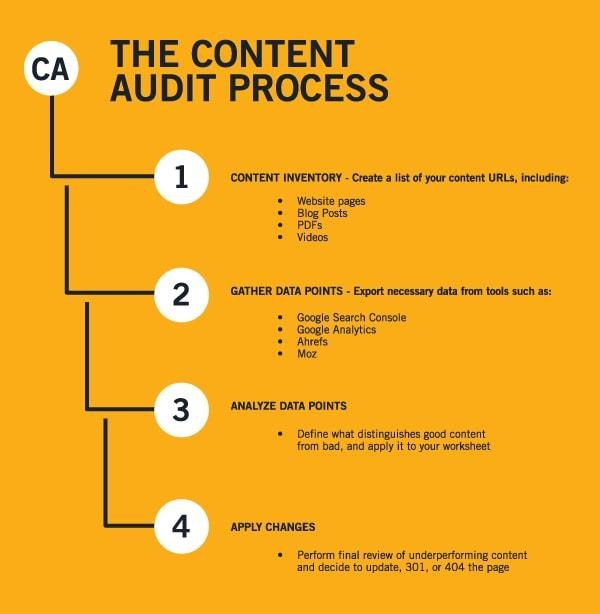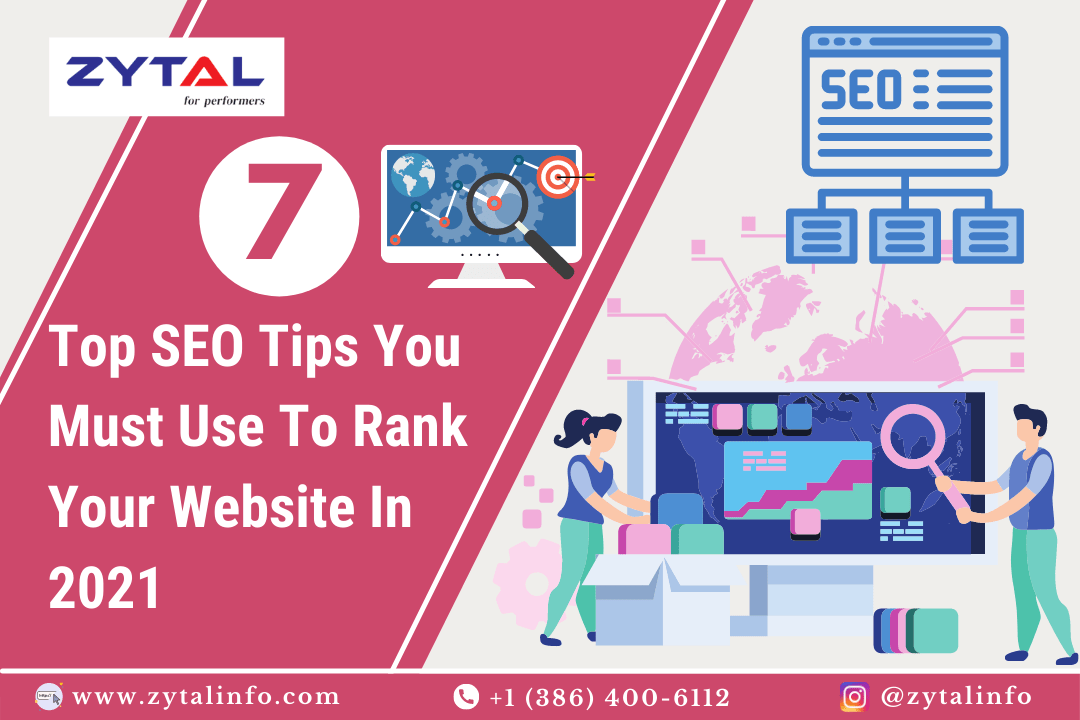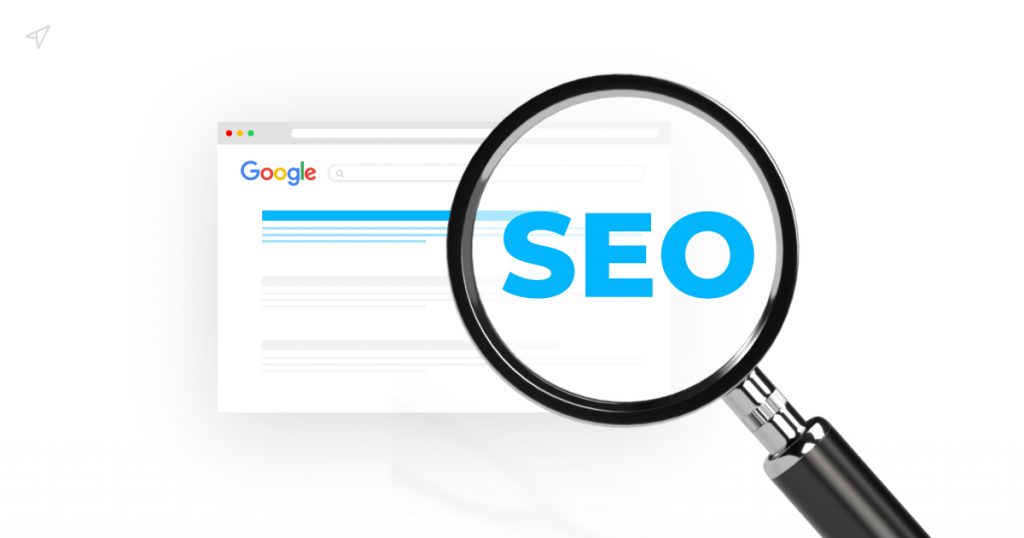
Implementing on page SEO starts with addressing the content. The content of your website is the most important aspect. It must address relevant search intent. Use semantic keywords and related keywords in your text. Include internal links. Optimize the meta description to ensure it appears in search engine results. Make sure the meta description describes what a user can expect to achieve by reading the content. This should apply to all content, no matter its type, format or platform.
Content is the bread and butter of your site
There are so many content options out there. But what makes it worthwhile? Not just blog posts. It must be valuable to your business and generate leads. Just like a plate full of jam, the internet requires bread and butter content in order to grow. A few key pieces of content are essential before you can start to build your content strategy. You can then build around these pieces. These are some great ideas for content.
You must first understand what content means. Content drives customers to a website and helps it look authoritative and reputable. It is important to focus on the right keywords and answer key questions in order to achieve this. This is the secret to success! This is an essential first step towards optimizing your SEO. Be careful not to go overboard. A content plan should include key keywords that will drive traffic to your site.
It should address relevant search intent

Keywords are crucial, but using them too often can cause your rankings to drop. For the best SEO results, make sure you include your keywords in your text. Remember that your audience is humans and not robots. Your goal is for them to find your content valuable and interesting. Also, you should address their search intentions. Here are some key steps that you can follow to get started. Continue reading to discover how to use keywords to improve SEO.
It should include semantic and associated keywords
Long-tail keywords are a great way to get targeted traffic to your website. Long-tail keywords have specific search intent and offer a reasonable chance of ranking on page one of Google's search results. Semantically similar keywords are closely related with your target keywords. They help Google to make connections and determine relevance. These keywords should be used in your body text naturally. Searchers are more likely to click on an ad that is relevant to your product or service than one from your competitor.
The first thing you must do when optimizing your website for search engines is to use appropriate, search-engine-friendly URLs. These URLs should not be too long and should include keywords in an accurate way. Your keyword should appear as the first header of each post, which is usually the post title. The keyword should be included in subheadings if necessary. Use H2 headers and H3 headers only if they make sense.
It should also include links to internal resources
Internal linking is an important aspect of on-page SEO. Internal links allow pages to be linked together in a similar way that companies can group departments. These links increase relevance, context, depth, and coverage. Search engines can use internal linking to determine which pages are the most important for visitors. Search engines view pages with dense links as more important. Links between internal pages help to increase dwell time, which is crucial for SEO. A sitemap should contain all pages found on a website.

Not only do internal links help prospects find content but they also increase search rankings. Both users and search engine crawlers place a lot of importance on internal links. Google cannot locate your website without the internal links. Prospects won't be able to find your services and products without internal links. This can hinder your efforts to rise in the SERPs. Include internal links in your SEO checklist. Read on to learn more about the importance of internal links for your site.
FAQ
How often should my website be updated?
You can increase your site's rank by updating it regularly. However, this is not always necessary. It's not necessary to constantly update content that you already have created.
How do I begin SEO for my website
It is important to understand the needs of people searching for your company or products through search engines like Google. This will help you get a Google ranking. This guide will help to make sure your content is ranked highly by Google. Check out our other guides to content marketing.
To start, you'll want to create a plan and think about what kind of keywords you want to target. There are two types keywords: broad keywords, such as "digital marketing", and more specific keywords, like "seo".
Next, decide on goals such as increasing brand awareness or driving leads.
Once you have defined your goals, it's time to begin writing content. We have some tips on how to write content for SEO here.
Once your content has been written, it's time to publish it to your blog or website. If you have a site, this could mean updating the pages. You will need to hire a web developer to help you create one.
Once you have published your content, make sure to link it to other websites and blogs. This will make your content more visible and increase its exposure.
SEO: Why is it important?
There are many reasons you should use SEO.
This helps to increase your website's visibility in search engines results.
It also helps users to find what they are looking for by increasing conversions.
Third, it increases brand awareness by helping customers find your business online.
Fourth, it improves user experience by allowing them to quickly navigate your website.
It also builds trust among potential customers.
What is a PPC ad and how does it work?
Pay-per click ads are text-based adverts that appear at the top and bottom of pages.
These ads are extremely targeted. This means that advertisers only pay when someone clicks.
PPC advertising looks very similar to pay per call advertising, which will be discussed more later.
Statistics
- These guides are designed and coded 100% from scratch using WordPress. (backlinko.com)
- If two people in 10 clicks go to your site as a result, that is a 20% CTR. (semrush.com)
- : You might have read about the time that I used The Content Relaunch to boost my organic traffic by 260.7%: (backlinko.com)
- Which led to a 70.43% boost in search engine traffic compared to the old version of the post: (backlinko.com)
- 93%of online experiences today begin on search engines. (marketinginsidergroup.com)
External Links
How To
What you need to know about duplicate content and SEO
Both webmasters as well as search engines have to worry about duplicate content. There are two types of duplicate content; internal and external. Multiple pages on a site may contain identical content. Internal duplicates are when there is more than one page. External duplicates happen when a page contains similar information to another URL.
Internal duplication refers to pages that contain identical text or images. This happens due to poor copywriting skills. Poor copywriting means you're not creating unique content for each webpage. If you do this you will create internal duplicates.
External duplication is when a single page contains identical information to other URLs. External duplication is when a page contains similar information to other URLs. For example, if you have both a product page listing all your products and a category pages listing all those products, then you've got external duplication.
Google does not penalize websites for duplicate content. It does, however, penalize websites who try to manipulate its algorithm in order to rank higher. It is important to ensure that duplicate content does not appear on your website.
Link building is the most common method to manipulate Google’s algorithm. Link building is the process of creating links between your website, and other websites. These links are unnatural and may lead to Google devaluing your website.
Here are some ways to avoid linking manipulation
-
Avoid low-quality, spammy backlinks
-
Anchor texts should be relevant to your site.
-
You should create unique content for each page of your site.
-
Maintaining high-quality content
-
A good domain name is essential.
Let's not fret about duplicate content. Focus on creating unique content on every page of your website. This will allow you to rank higher in search engine results pages.